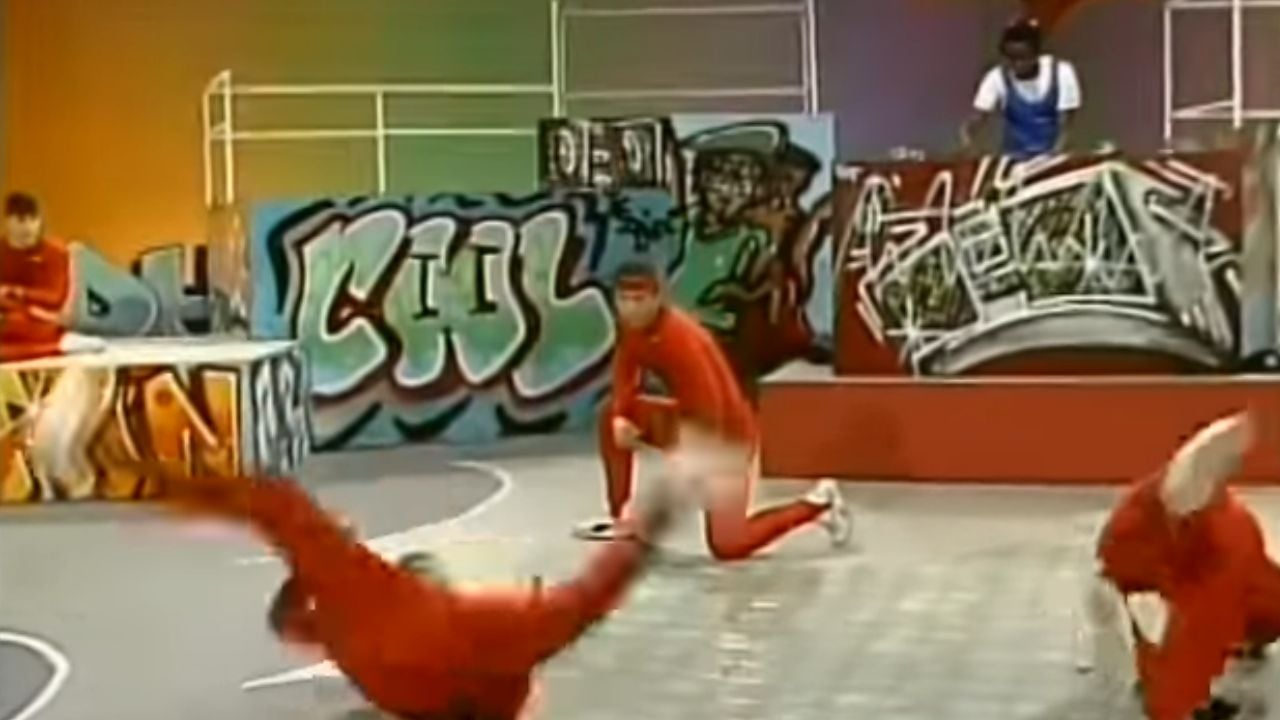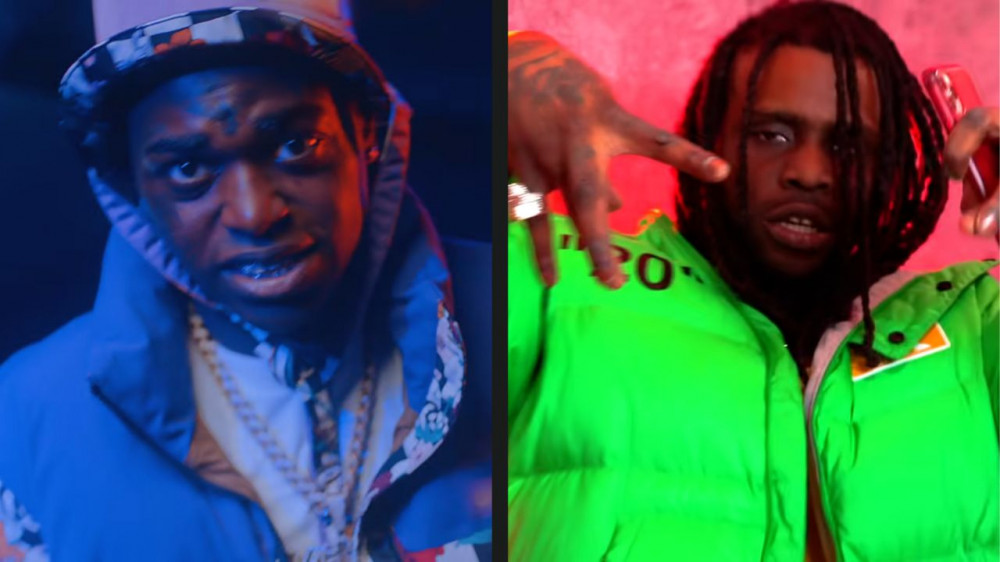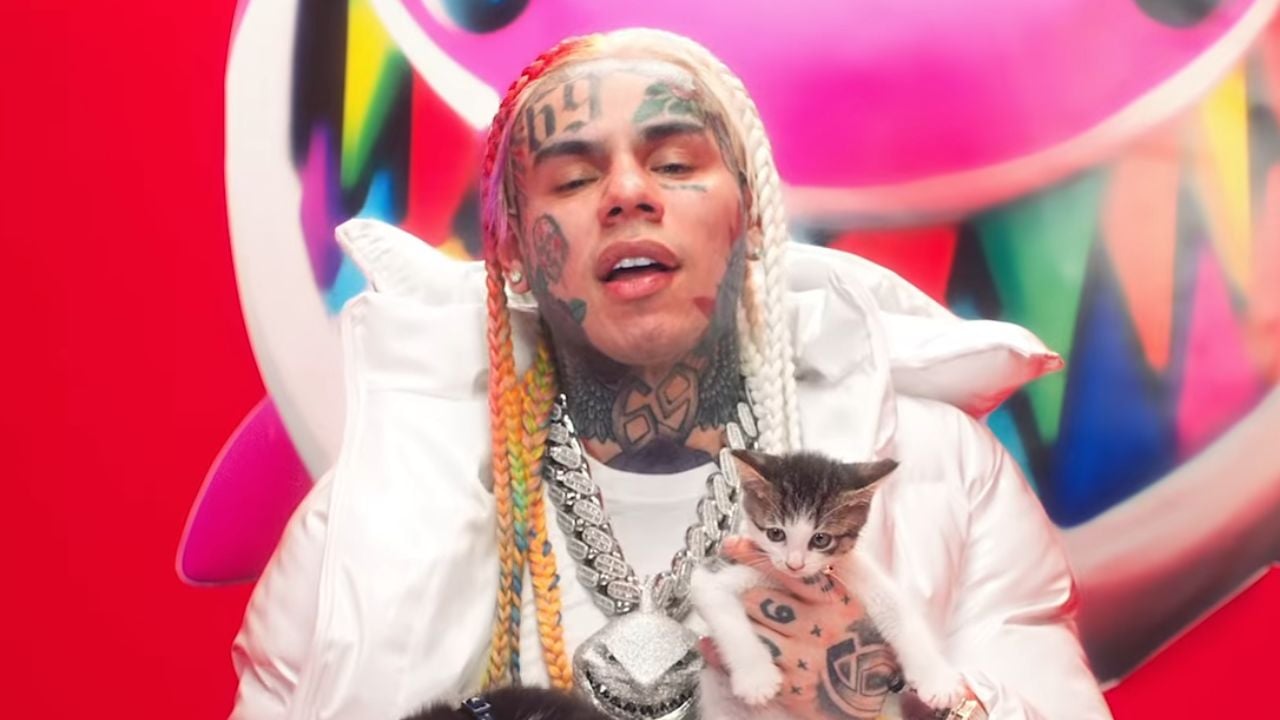Mad close to the Deegan, the records were spinning. Hip-Hop was only a few seconds old. They weren’t quite rapping yet, but they were “EQin’’ it. However, since every time the beat drops … the party is still poppin’, and every party for the last five decades has introduced new dance styles and moves.
249 Views
Comments Off on Celebrating Hip-Hop’s 50th: The Evolution Of Hip-Hop Dances From 1970-1999
If It Wasn’t For The Bronx …
Fifty years ago, hip-hop came to life in the Bronx with dance styles infused with jazz, funk, and African dances influencing the cadence.
From the days when Bboys danced on cardboard at parties to the well-known Crip Walk—like the genre itself, hip-hop dance has substantially evolved. Gaining rapid popularity by the late 1970s and beyond, house parties transformed hip-hop along with its dances, which became highly evident in music videos, movies, television shows, and even commercials.
5-6-7-8 — The Hip-Hop Dances From 1970- 1999
1990-1999: Golden Age of Hip-Hop
1998: The Crip Walk
Cue the gangsta influence. The Crip Walk predates hip-hop. Also known as the “C-Walk,” it originated in the early 1970s and was attributed to Crip member, Robert “Sugar Bear” Jackson, from South Central Los Angeles.
While other famous rappers have been known to feature the Crip Walk in their music — including Snoop Dogg and Kurupt, the Crip Walk helped popularize hip-hop dance as a form of expression and raised the attention of the Crip gang in South Central.
But The C-Walk stirred controversy as critics thought the dance promoted gang violence and was inappropriate for public performances.
The earliest song to feature the Crip Walk was Westside Connection’s “WC,” pronounced Dub C. “The Crip Walk” from his 1998 album The Shadiest. Westside Connection was a hip-hop group that included West Coast rappers Ice Cube and Mack 10.
1996: Da Dip
“Da Dip” is a song with the exact instructions for dancing to it. The best part is that anyone can dance to it. It’s a simple dance — “I put my hand up, on your hip, when I dip, you dip, we dip…”
Released in 1996 by Freak Nasty, the dance may have had a lot of grinding. However, like the Macarena, this dance was popular among an audience of all ages. The video, like many of Miami’s 90s music or Miami bass sound, featured “twerking” before it was called “twerking.”
1994: The Tootsee Roll
The 69 Boyz created hip-hop dance trends with the release of “The Tootsee Roll” in 1994.
“…Cotton candy sweet to go, let me see that tootsee roll,” blared — dancers knew what to do. From the left to the right and with a slide …”
Pushing hip-hop dance into the mainstream, “The Tootsee Roll” was considered provocative in its time.
Similar to its predecessor, “The Butterfly,” which trended in 1990, the dance helped bring more attention and recognition to a broader hip-hop community outside the traditional break dancing from the Bronx.
1993: The Wop
“The Wop” was a dance popularized by the 1993 song “Whoomp! (There It Is)” by the Tag Team. An instant hit and a club staple across the country, the dance and song also pushed hip-hop dance into the mainstream and solidified more diverse styles.
1990: The Bart Simpson Dance
The Bart Simpson Dance was inspired by the 90s cartoon character Bart Simpson from the animated series, The Simpsons. The dance scene was included in an episode in the series.
In the scene, Bart Simpson busts the moves, including a swinging motion and a fist pump, while moving side to side.
The dance was often performed to the song “Do The Bartman,” released in 1990. The song was co-written by Michael Jackson, a fan of the show and friends with the show’s creator, Matt Groening.
Both were impactful to hip-hop dance and the genre as they appealed to the then-younger audience and brought hip-hop culture to the mainstream. The song and dance’s popularity also reflected the growing influence of hip-hop on pop culture.
1990: The Humpty Dance
People still do the “Humpty Hop” in the 2020s, especially at old-school parties and family barbecues. The song of the same name popularized the dance by the Digital Underground, released in 1990.
When dancers shimmied for fun, the song and dance impacted hip-hop culture as it introduced a new rap and dance style that was more humorous and light-hearted in comparison to the more serious and aggressive rap styles of the era.
The music video for “The Humpty Dance” was also groundbreaking as it featured the most diverse group of dancers and performers, including people of different races and body types, which helped to challenge some of the narrow stereotypes of beauty and identity in the music industry.
1990: The MC Hammer Dance
There’s No “Hammer Dance” without MC Hammer’s music. Before his 1990 “U Can’t Touch This” single, MC Hammer popularized hip-hop dance with his more upbeat dance and sounds.
Compared to the hip-hop scene of the time, MC Hammer’s music was catchier with more dance-friendly rhythms that helped push the genre further into the public’s eye and eventually pop culture.
1980-1989: Kickin’ It Old School
1986: The Running Man
“The Running Man” has been often attributed to Janet Jackson and Paula Abdul. In 1986, Abdul created the move and taught Jackson while working on choreography for Jackson’s Control album.
Jackson also featured “The Running Man” in her 1989 Rhythm Nation music video.
However, others have also attributed “The Running Man” to MC Hammer, who also used it in his dances and videos. Other pop stars, including Bobby Brown and the one-hit wonder Milli Vanilli, integrated the move into their dances.
1988: The Roger Rabbit
“The Roger Rabbit,” also popularized by the movie Who Framed Roger Rabbit? from 1988, helped popularize the dance. A combination of The Running Man and The Cabbage Patch with added arm movements.
The song often associated with this dance is “Jump Around” by House of Pain. Released in 1992, the music video for the song featured several people doing the dance move that helped to popularize the dance move even further.
1985: The Cabbage Patch Dance
Before anyone was doing money dances or as the cool kids said in the 2020s the “Shmoney Dance,” there was “The Cabbage Patch” dance. “Cabbage” in the 1980s was slang for money. The Gucci Crew II named dance after the Cabbage Patch dolls, a doll of the 1980s.
At the same time, West Coast group World Class Wreckin’ Cru, featuring Dr. Dre and DJ Yella — released “Cabbage Patch” around 1985-86. The record was one of Dr. Dre’s first hits. He was still establishing his career during this period and had not formed N.W.A. yet.
1984: The Electric Boogaloo Era
The movies Breakin’ and Breakin’ 2: Electric Boogaloo was the earliest to showcase breaking, popping, locking, and “electric boogaloo.” The films were also the first major Hollywood films that focused only on hip-hop and displayed street dance culture elements.
The films also helped popularize hip-hop dance and exposed it to a wider audience that essentially paved the way for the growth and evolution of hip-hop dance in the decades to follow.
1970s-1980s: The Bronx Old School & The Rise Of The BBoy & BGirl
Breakdancing was first known as “breaking” or “b-boying.” It was first performed by Black and Latino dancers from the Bronx.
The dance was heavily influenced by the music of the time, which included funk, soul, and disco.
The early breakdancers were known for their acrobatic movements, including spins, flips, and freezes. They often danced on the street or in local parks on cardboard. Their performances were frequently incorporated into block parties and other early hip-hop events.
As Bboys, including BGirls’, grew in popularity, break dancing began to star in music videos, movies, and television commercials. Breakdancing competitions and battles also emerged. Dancers competed against each other for the best moves.
The Mighty Rock Steady Crew
The Rock Steady Crew continues to be active and known as the most influential breakdance crew in the history of hip-hop dance. They emerged in the Bronx in the late 1970s and helped to popularize breakdancing.
In 1977, two b-boys named Jimmy Dee and Jimmy Lee came together to form the initial iteration of the group in The Bronx. Later on, a Manhattan branch of the group was established by Crazy Legs and B-Boy Fresh.
Crazy Legs – Richard Colón, also known as “Crazy Legs,” is one of the founding members of the Rock Steady Crew and known for his signature “airchair” move.
Frosty Freeze – Wayne Frost, also known as “Frosty Freeze,” was known for his fluid and graceful dance style.
Mr. Wiggles – Real name Stevie Clemente is known for his unique dance style, which combines popping, locking, and breaking.
Ken Swift – Kenneth Gabbert, also known as “Ken Swift,” is known for his intricate footwork and innovative moves.




